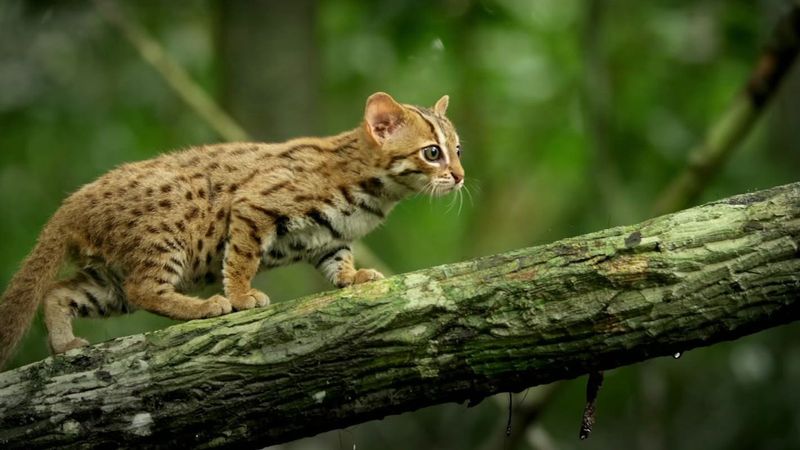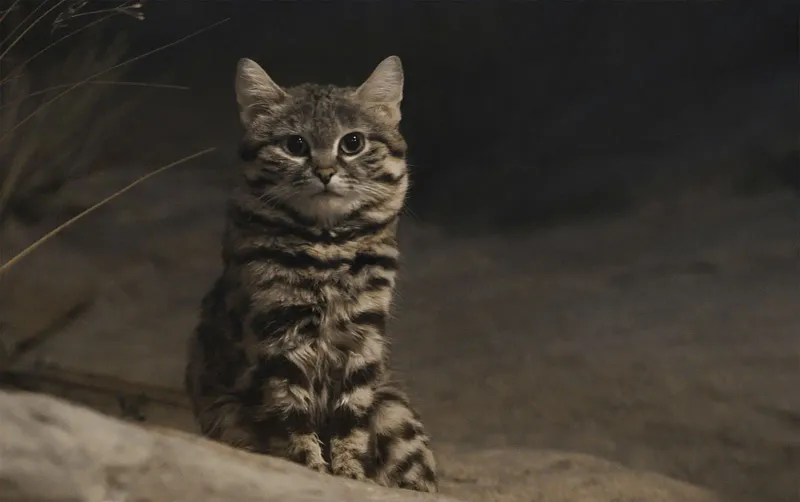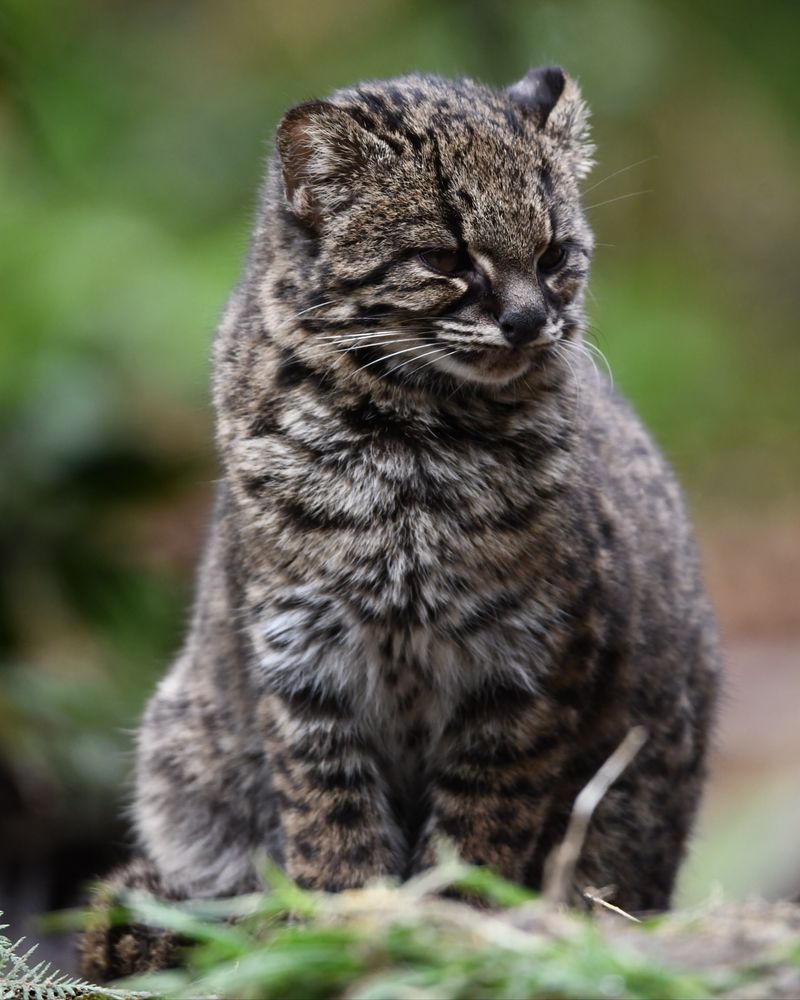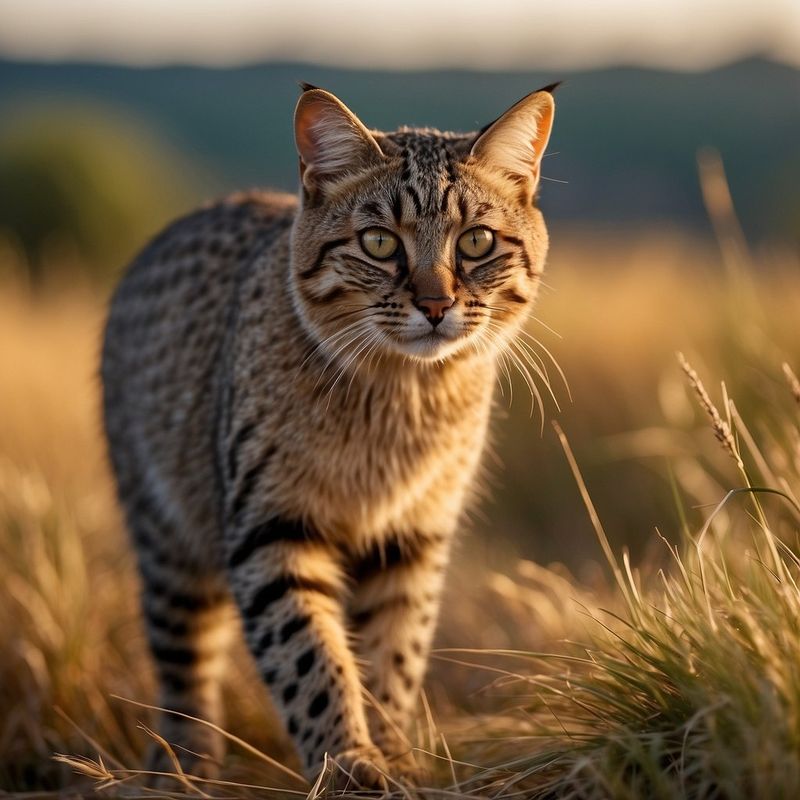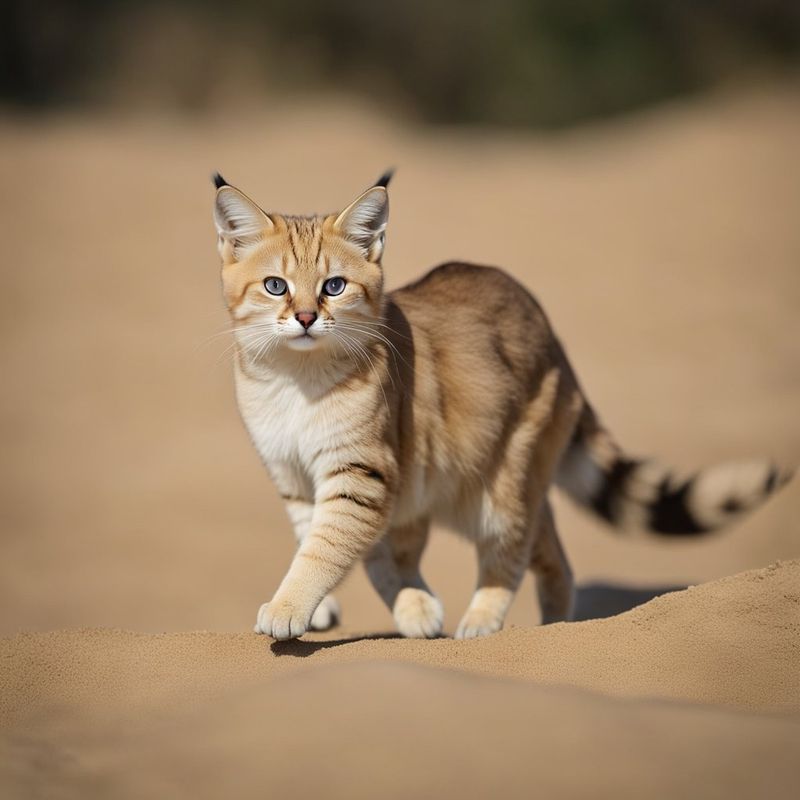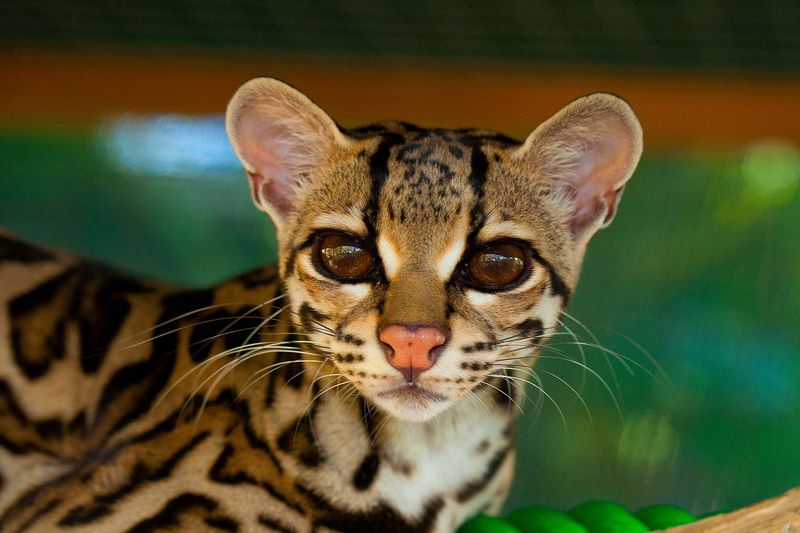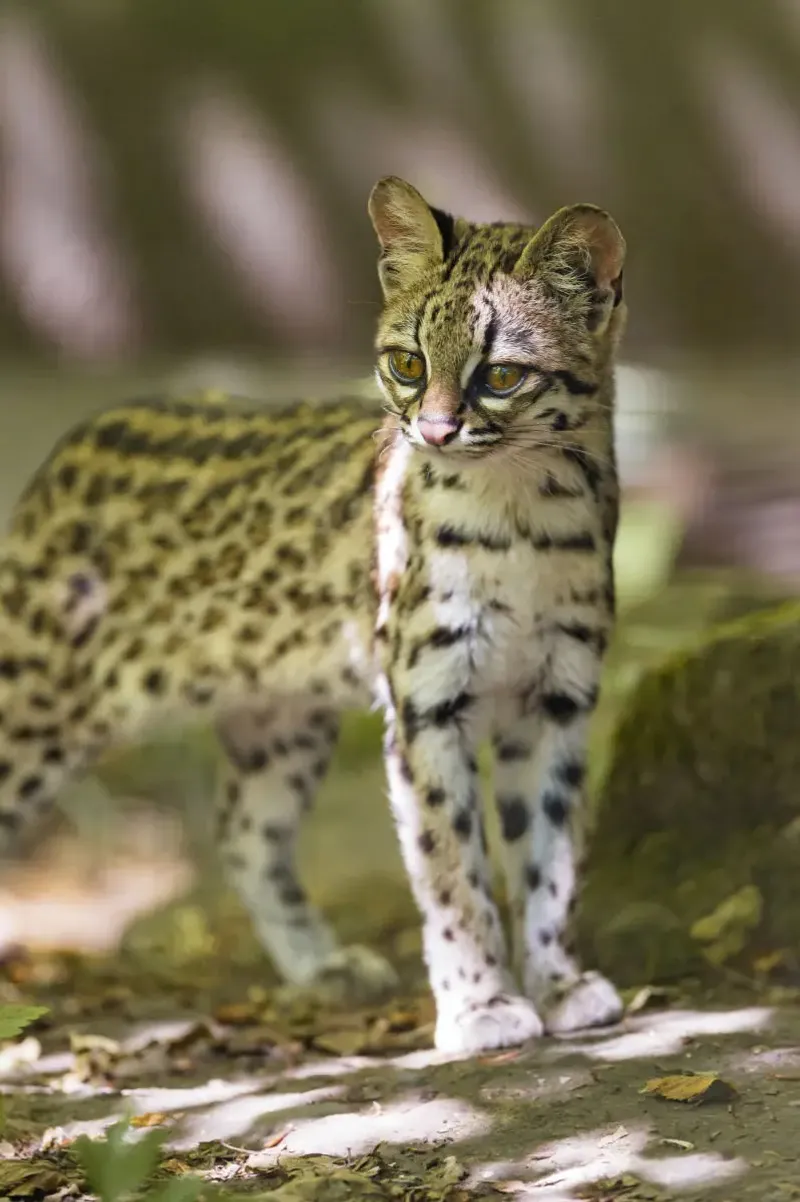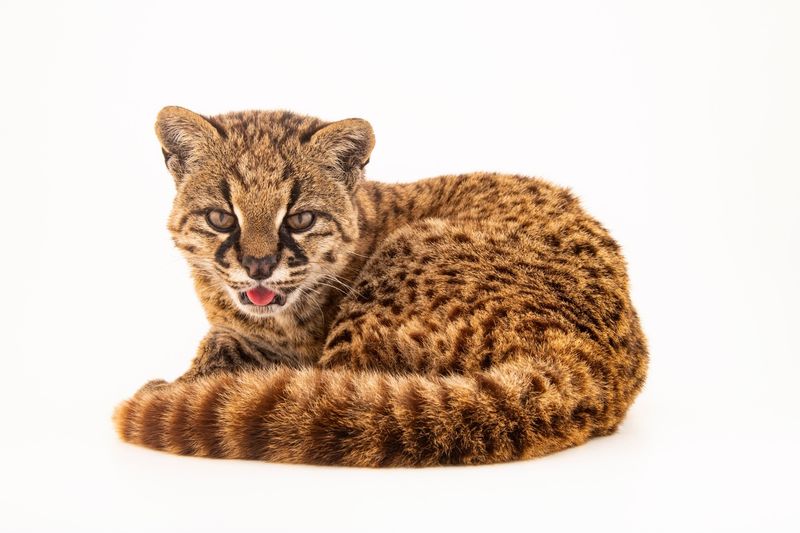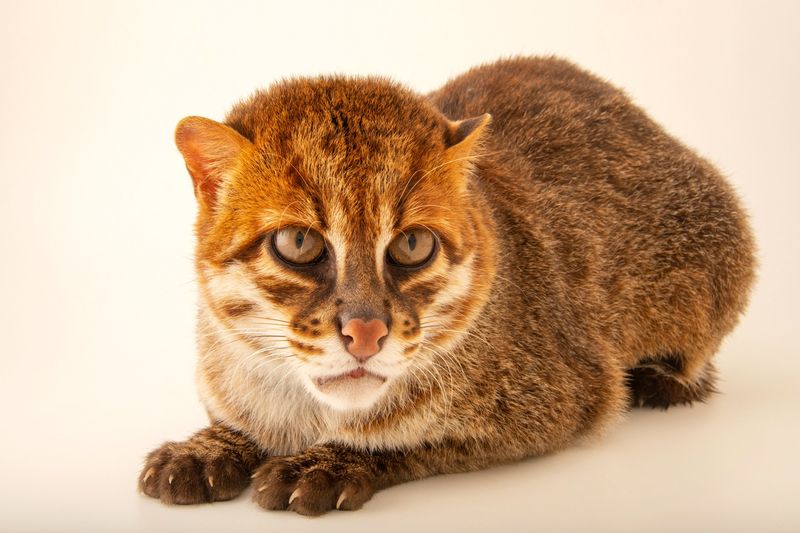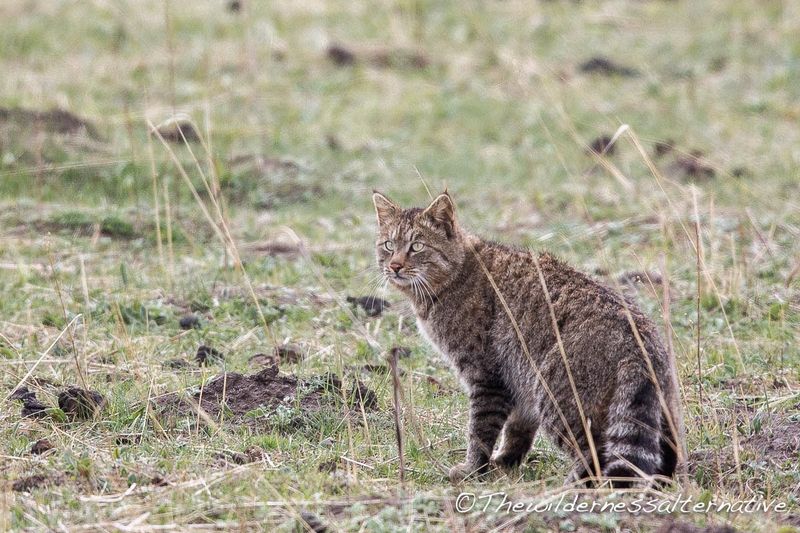📖 Table of Content:
The animal kingdom is full of awe-inspiring creatures, and among them are the tiniest wild cats that pack a punch far beyond their size. These small yet mighty felines are nature’s marvels, blending stealth, agility, and sheer determination to thrive in some of the most challenging environments on Earth. From the dense forests of Asia to the arid deserts of Africa, these miniature predators have adapted uniquely to their habitats, proving that size is no barrier to survival.
Each of these wild cats boasts unique characteristics that set them apart from their larger relatives. Their compact size often makes them elusive, adding an air of mystery to their existence. Despite their small stature, they are exceptional hunters, capable of taking down prey with precision and efficiency.
Beyond their beauty and hunting prowess, these small wild cats play vital roles in maintaining the balance of their ecosystems. As predators, they help regulate populations of smaller animals, contributing to the health and sustainability of their habitats. Exploring their lives not only deepens our appreciation for these extraordinary animals but also underscores the importance of protecting their futures.
1. Rusty-Spotted Cat
The Rusty-Spotted Cat is one of the smallest wild cats, often compared to a domestic kitten in size. Found primarily in India and Sri Lanka, this tiny feline weighs just about 2 to 3.5 pounds. Its short coat is covered in rusty spots, providing excellent camouflage in its forest habitat.
Despite its size, the Rusty-Spotted Cat is a skilled hunter, predominantly preying on small animals like birds, rodents, and insects. Its nocturnal nature adds a layer of mystery, as it prowls the night with silent grace.
2. Black-Footed Cat
Africa’s smallest wild cat, the Black-Footed Cat, weighs between 2 and 5 pounds. It inhabits the arid regions of southern Africa and skillfully hunts at night. Its fur features striking dark spots and stripes, seamlessly blending with the desert landscape.
Known for its fierce nature, this cat’s small stature doesn’t impede its hunting prowess. Its diet mainly consists of small birds, rodents, and insects. Despite its elusive personality, the Black-Footed Cat is a significant predator in its ecosystem.
3. Kodkod
The Kodkod is South America’s smallest cat, primarily found in the temperate rainforests of Chile and Argentina. Weighing between 4.4 to 5.5 pounds, this feline has a dense, spotted coat perfect for forest life. Its secretive behavior makes it a rare sight even in its native habitat.
Its diet includes small mammals, birds, and reptiles. The Kodkod’s arboreal skills allow it to navigate tree canopies with ease. Despite facing habitat loss, its elusive nature enables it to avoid human interaction.
4. Pampas Cat
Native to the grasslands of South America, Pampas Cat weighs between 8 to 14 pounds and displays a wide range of fur patterns, including stripes, spots, and a mix of both.
Adapted to diverse ecosystems, its diet consists of small mammals and birds. The Pampas Cat, despite its modest size, plays a crucial role in controlling the rodent population in its habitat. Its adaptation skills ensure its survival across varying environments.
5. Sand Cat
A true desert dweller, The Sand Cat inhabits the harsh environments of the Arabian and Saharan deserts. Weighing between 3.5 to 7.5 pounds, its thick, sand-colored fur provides camouflage and protection against extreme temperatures.
This nocturnal hunter preys on small rodents, reptiles, and insects. Its large ears enhance its hearing, crucial for detecting prey underground. The Sand Cat’s ability to survive without water for extended periods highlights its remarkable desert adaptation.
6. Margay
The Margay is a small, spotted cat found in the rainforests of Central and South America. Weighing between 5 to 8 pounds, this feline is renowned for its incredible climbing ability, often likened to a monkey.
With powerful, flexible paws, the Margay can climb down trees headfirst. Its diet includes birds, small mammals, and reptiles. This solitary, nocturnal hunter’s elusive nature makes sightings rare, adding to its mystique.
7. Oncilla
The Oncilla, also known as the Tigrina, inhabits the cloud forests of the Andes in South America. Weighing between 3 to 6.5 pounds, this cat’s fur features beautiful patterns that offer excellent camouflage in its lush environment.
Its diet primarily consists of small mammals and birds. The Oncilla’s secretive nature and declining habitat make it one of the less-studied wild cats. Conservation efforts are crucial to ensure its survival in the wild.
8. Guigna
Also known as the Chilean Cat, the Guigna is a petite feline native to the forests of southern Chile and Argentina. Weighing just 3 to 5 pounds, its dark-spotted fur helps it blend into the dense underbrush.
This nocturnal predator preys on small mammals and birds. The Guigna’s elusive behavior and shrinking habitat pose challenges to its conservation. It remains a remarkable example of the unique biodiversity in South American forests.
9. Flat-Headed Cat
A rare cat found in the wetlands and rainforests of Southeast Asia, The Flat-Headed Cat weighs around 3 to 5.5 pounds; it has an unusual, flattened head, giving it a distinctive appearance.
This cat primarily hunts aquatic prey, such as fish and frogs. Its semi-webbed paws make it an adept swimmer, a rare trait among felines. Habitat destruction poses a threat to its survival, highlighting the need for conservation efforts in its range.
10. Chinese Mountain Cat
The Chinese Mountain Cat, native to the high-altitude regions of western China, weighs between 10 to 20 pounds. Its thick fur and tufted ears are well adapted to the cold climate of its habitat.
This elusive cat preys on small rodents and birds. Its remote location and secretive nature make sightings extremely rare, contributing to its mysterious allure. Conservation efforts are essential to protect this unique species from habitat threats.

